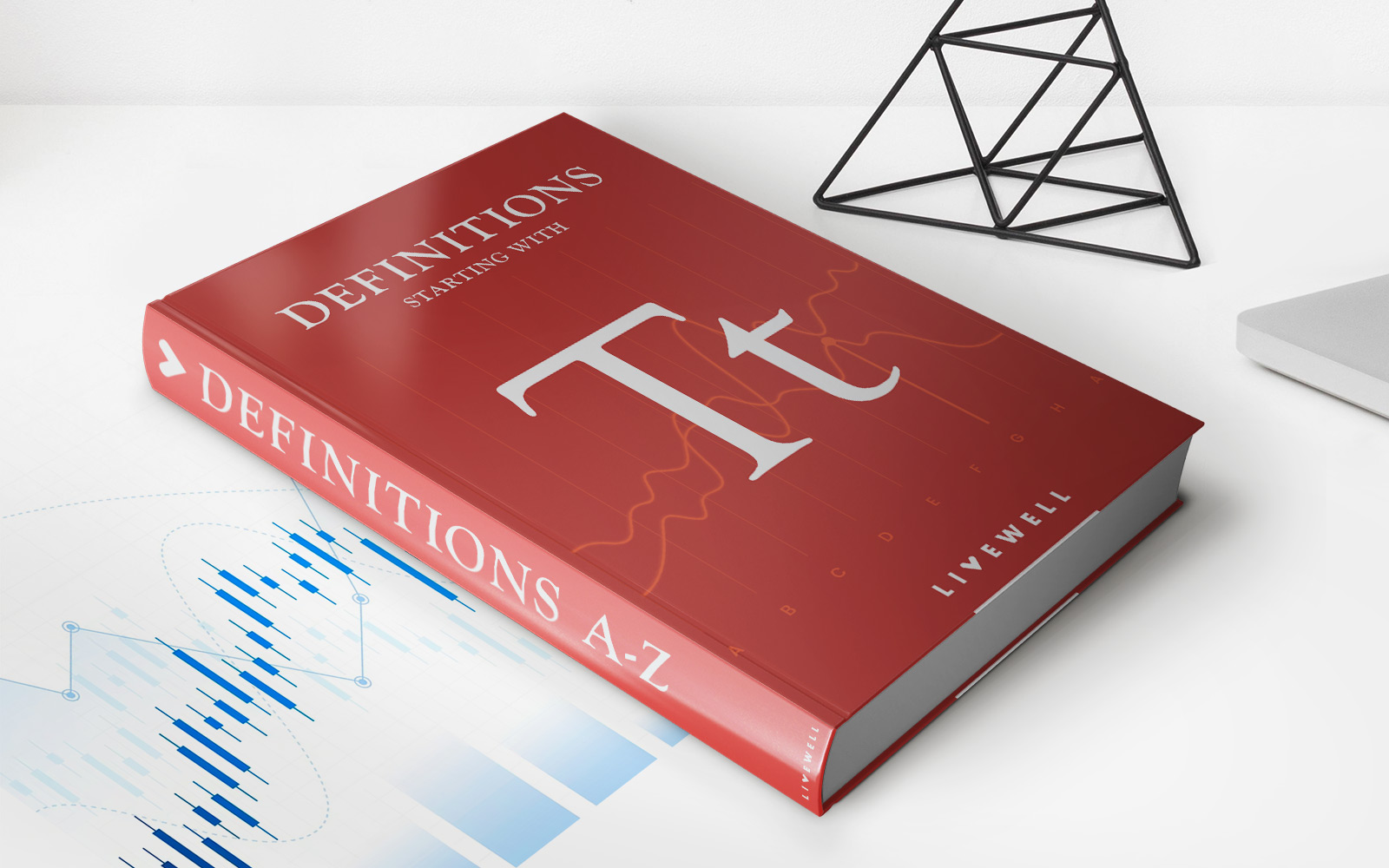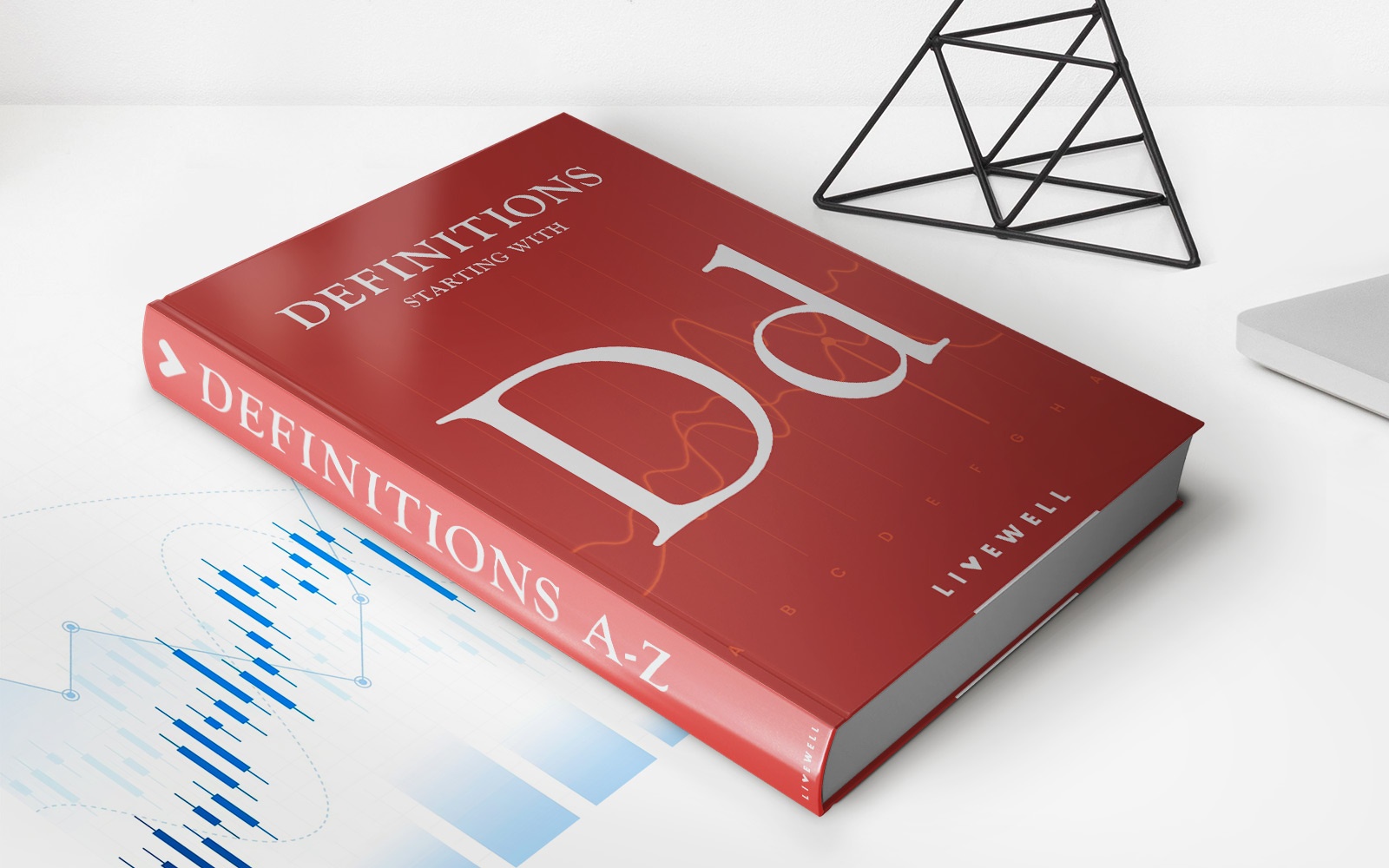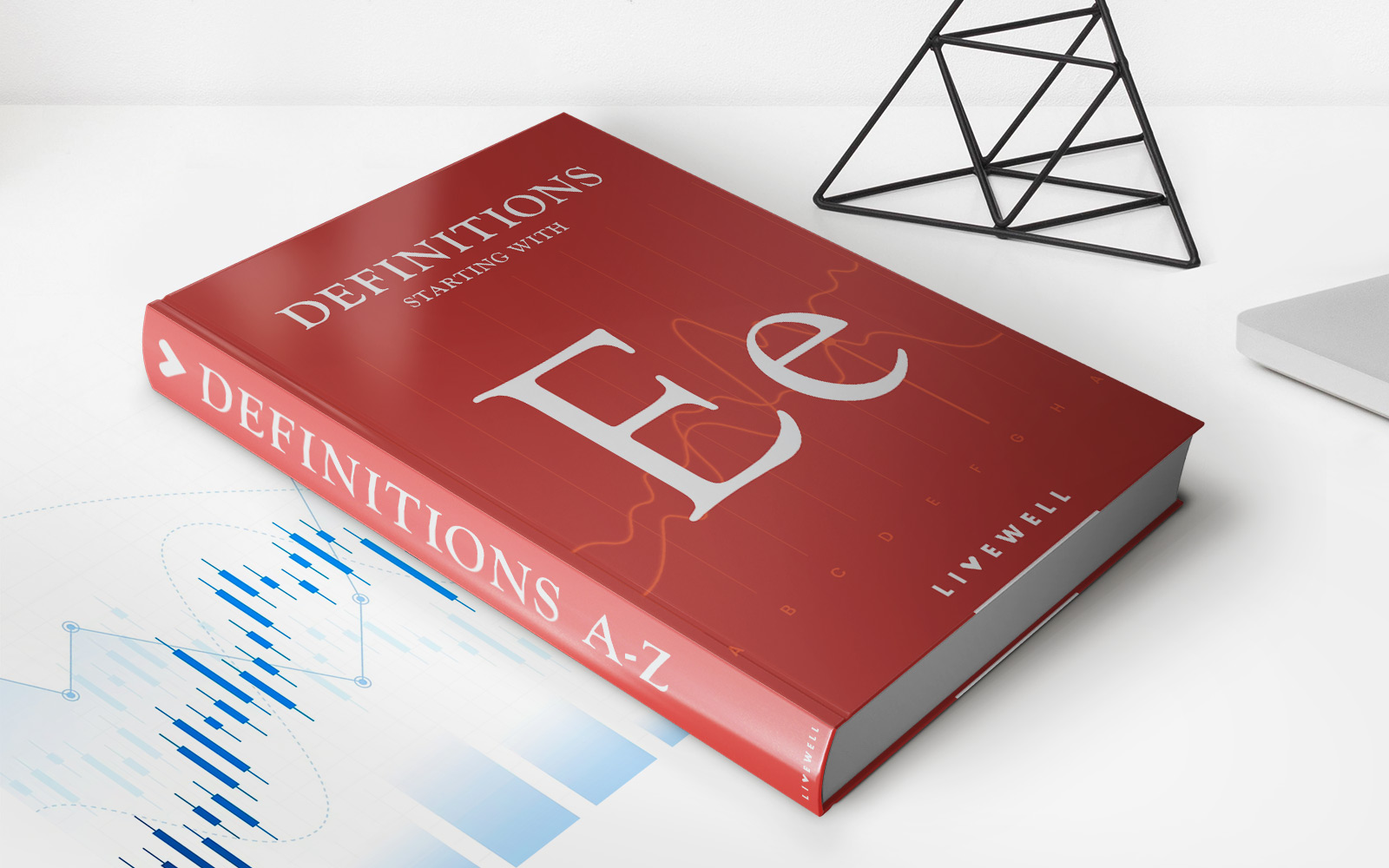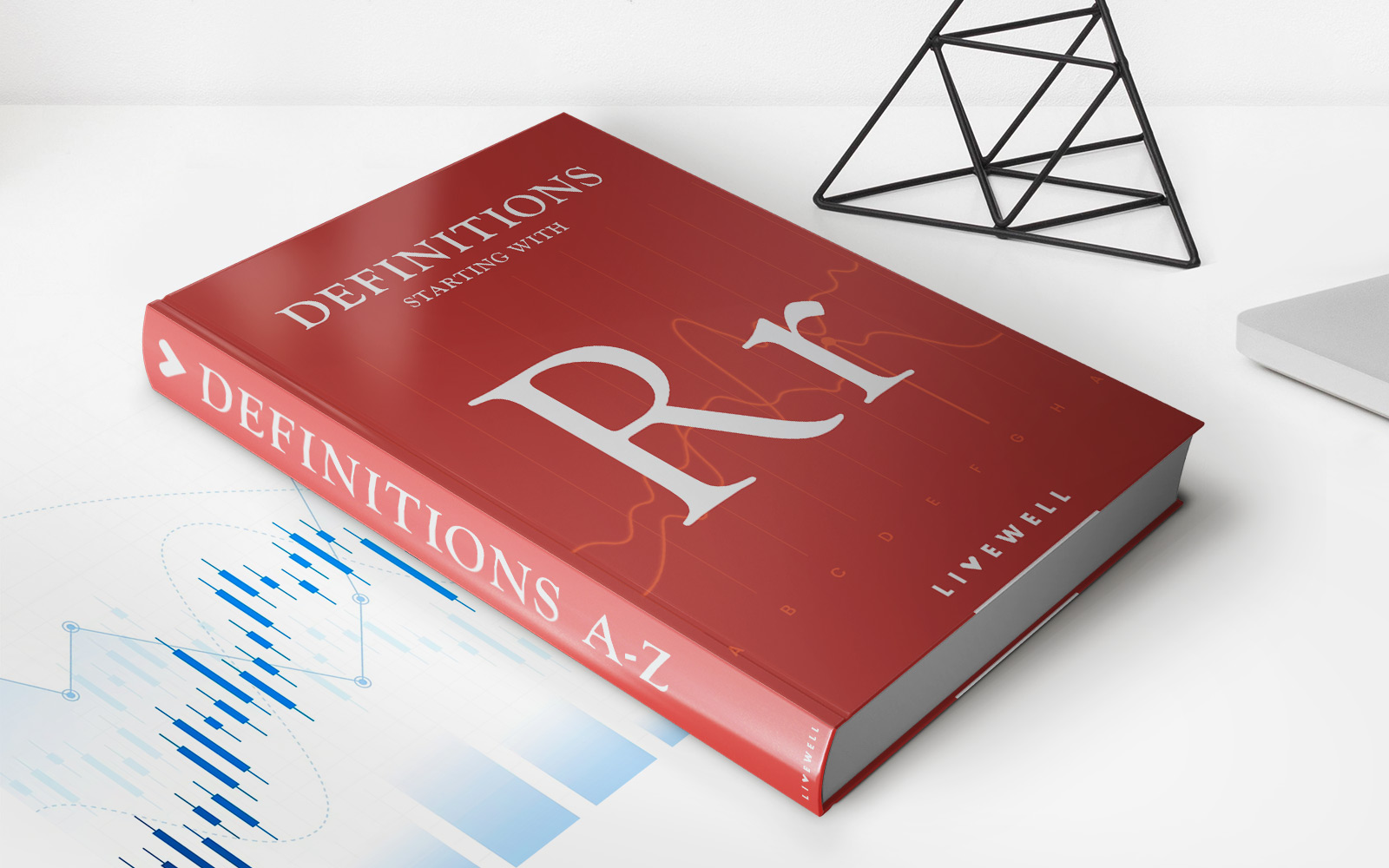Home>Finance>Abenomics: Definition, History, And Shinzo Abe’s Three Arrows
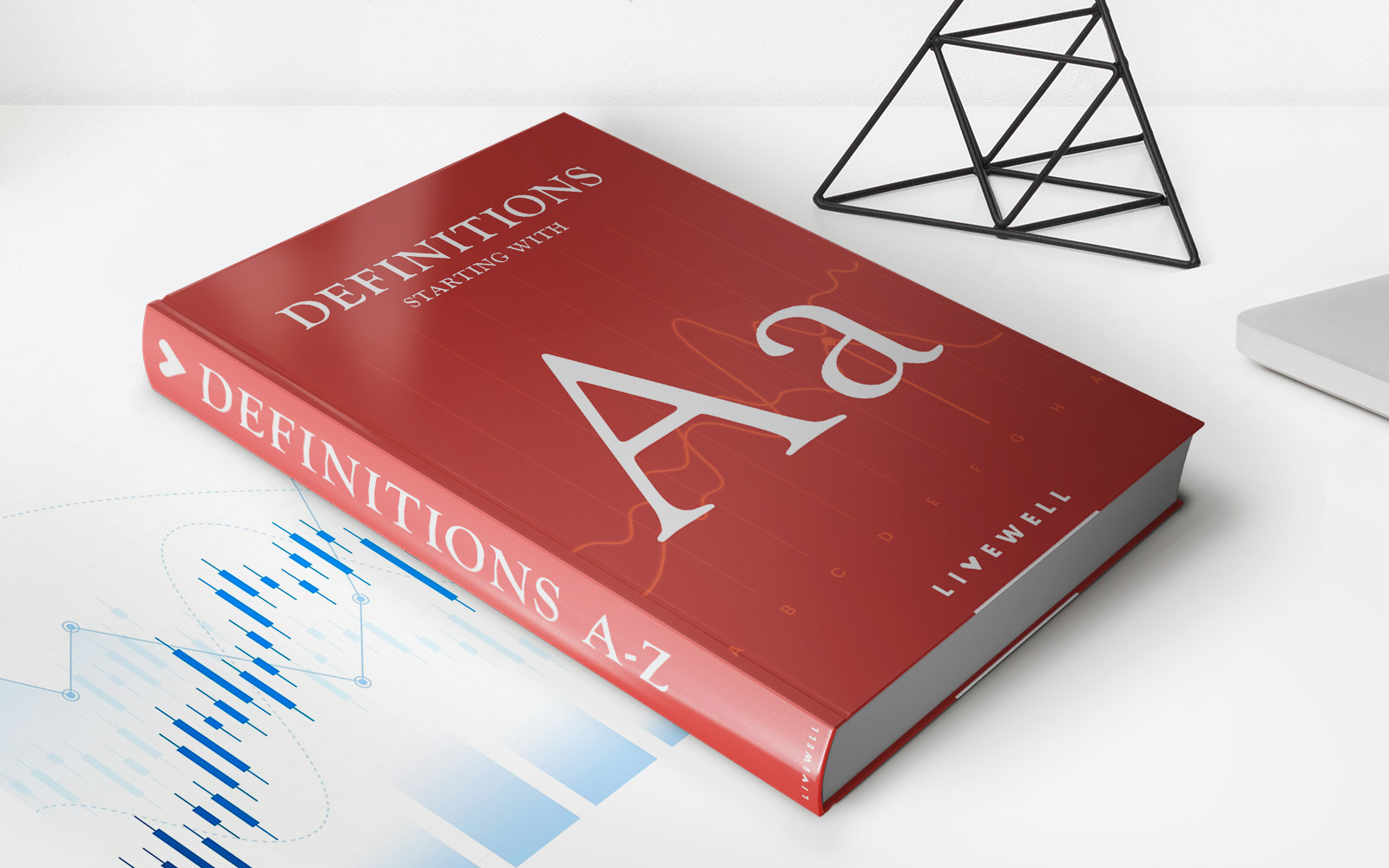

Finance
Abenomics: Definition, History, And Shinzo Abe’s Three Arrows
Published: September 25, 2023
Learn about Abenomics, its history, and the three arrows of Shinzo Abe's economic policy. Discover how this concept has influenced finance.
(Many of the links in this article redirect to a specific reviewed product. Your purchase of these products through affiliate links helps to generate commission for LiveWell, at no extra cost. Learn more)
Unlocking the Potential of Abenomics: Definition, History, and Shinzo Abe’s Three Arrows
Finance is a vast and dynamic field that encompasses various important concepts, strategies, and policies. In the realm of international finance, there is one term that has gained significant attention over the years – Abenomics. If you’re curious about its meaning, historical context, and the three arrows associated with this economic doctrine, you’ve come to the right place. In this blog post, we will dissect Abenomics and shed light on its profound impact on Japan’s economy. So, let’s dive in!
Key Takeaways:
- Abenomics is an economic policy implemented in Japan under the leadership of Shinzo Abe.
- It consists of three arrows – monetary easing, fiscal stimulus, and structural reforms – aimed at revitalizing Japan’s stagnant economy.
Abenomics is the brainchild of Shinzo Abe, the former Prime Minister of Japan, who sought to revitalize the country’s economy after years of stagnation. Launched in late 2012, this comprehensive economic policy is a combination of fiscal stimulus, monetary easing, and structural reforms known as Shinzo Abe’s “Three Arrows.”
Arrow 1: Monetary Easing
The first arrow of Abenomics focuses on monetary easing, which involves the aggressive expansion of the money supply by the Bank of Japan (BoJ). The aim is to combat deflation, which had plagued Japan’s economy for over two decades. By implementing a policy of low-interest rates and asset purchases, including government bonds, the BoJ aims to stimulate borrowing, investment, and consumption.
Arrow 2: Fiscal Stimulus
The second arrow involves substantial fiscal stimulus measures to boost the economy. It includes increased government spending on public works projects, social programs, and other areas that create jobs and stimulate demand. Moreover, tax reductions for corporations and individuals are also part of this arrow, aiming to encourage investment and consumer spending.
Arrow 3: Structural Reforms
The third arrow encompasses structural reforms designed to make the Japanese economy more competitive, productive, and resilient. It promotes deregulation, labor market reforms, corporate governance improvements, and encourages foreign direct investment (FDI) to revitalize key sectors. By addressing longstanding structural issues, Japan aims to create a business-friendly environment and spur economic growth.
While Abenomics has faced some challenges and critics, it has undoubtedly made a significant impact on Japan’s economy. The implementation of these three arrows has resulted in improved economic indicators, increased consumer confidence, and a considerable boost in stock markets.
Key Takeaways:
- Abenomics is an economic policy implemented in Japan under the leadership of Shinzo Abe.
- It consists of three arrows – monetary easing, fiscal stimulus, and structural reforms – aimed at revitalizing Japan’s stagnant economy.
In conclusion, Abenomics is a powerful economic doctrine that has reshaped Japan’s economic landscape. By employing the three arrows of monetary easing, fiscal stimulus, and structural reforms, Shinzo Abe and his government have made significant strides towards revitalizing Japan’s stagnant economy. As we move forward, it will be interesting to witness the long-term effects of Abenomics and how it can serve as an inspiration for other nations facing economic challenges.

